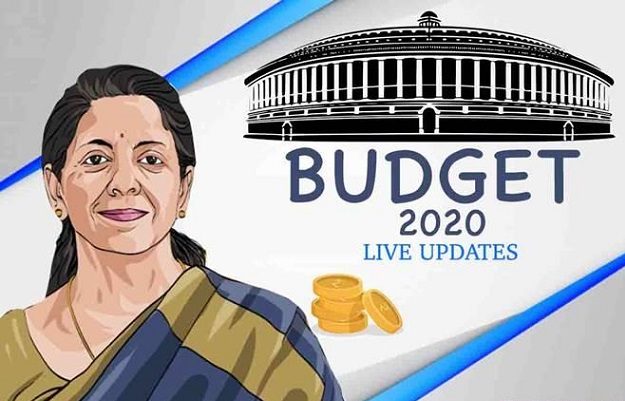Decoding Budget 2020 : Tax charter, slab and everything
When finance minister Nirmala Sitharaman arose to present the Union Budget in Parliament, she had to address several challenges.
The first had to do with the numbers. Ambitious estimates that failed to materialise; a certain over-zealousness in burying reports with inconvenient data; and critiques, even from people who were once part of the system, combined to create a fundamental distrust of macro-numbers. The second, given that the economy grew by 4.5% in the quarter ending September, was to revive growth across dimensions — urban and rural; investment and consumption; industry, and agriculture. And do this with limited fiscal headroom. The third was to improve consumer and investor sentiment. The fourth was to create jobs for an economy, which has the largest number of people in the productive age group (15-65). And the fifth was to not do anything that would erode the Bharatiya Janata Party’s political capital.
How did she do? For starters, the budget numbers seem, in most part, honest. For an FM to admit that nominal growth in 2020-21 would likely be 10% is a clear admission that there are headwinds to growth. The budget estimate for tax revenue in 2020-21 is around Rs 38,000 crore lower than last year’s budget estimate (although it is higher than the revised estimate by around Rs 2.6 lakh crore). The numbers may be considered ambitious, but they are still plausible. Further, by evoking the trigger clause of the Fiscal Responsibility and Budgetary Management Act — the deficit becomes 3.8% in 2019-20 and 3.3% in 2020-21, both 50 basis points over the target — the FM has admitted what was an open secret. Sure, the numbers do assume some revenue growth, but the biggest boost on that front is expected to come from disinvestment (Rs 2.1 lakh crore). With substantial work already done on the disinvestment of some companies (including BPCL), the process kicking off in Air India, and the plan for an initial share sale in the Life Insurance Corporation (announced in the budget speech), this number, too, is plausible.
On the growth front, it can be argued that this budget’s promise is not what will be termed a “dream” or a “big bang”, terms previously used to describe budgets. That’s because it doesn’t have one big idea, such as the corporate tax cut that was announced outside the budget cycle, or the creation of a bad bank, but a multitude of small ones, focused on specific sectors. There is a 16-point plan for agriculture, but it doesn’t seem to involve any substantial increase in funding. There is a plan for infrastructure, which involves attracting sovereign wealth funds (with significant incentives), and also using proceeds of divestment. And there are other similar small measures aimed at start-ups, non-banking finance companies, and others. But much of growth will still be powered by government spending. This has increased, from a budget estimate of Rs 27.86 lakh crore in 2019-20 to Rs 30.42 lakh crore.
On the third, the two most important things the FM has announced in this regard are the tax cuts for people earning less than Rs 15 lakh (provided they make do with no exemptions), and a tax charter that gives taxpayers rights, including freedom from harassment. The fact that taxpayers have a choice of choosing between the old regime (albeit with fewer exemptions) and new ones (with almost none) complicates the process somewhat, but Ms Sitharaman has said the aim is to move towards a regime with no exemptions and that is welcome.
There is not much in the budget by way of efforts that will directly create jobs, and given that it is now clear that jobless growth is a real concern, it can’t be said with any level of certainty that an economic revival will automatically create more jobs.
As for the fifth, the BJP seems to have acquired the ability to drown out unpleasant economic news with sharp political messaging. And with at least some experts of the opinion that the economy has bottomed out and that the worst is behind it, this budget is unlikely to hurt the party politically.
That’s not a bad report card for a budget presented in an inconducive macroeconomic environment with little fiscal headroom. Seen as a continuation of measures this government has announced since September — a corporate tax cut, a fund for stressed real estate projects, a financing mechanism for shadow banks, and a national infrastructure pipeline — it is even impressive. But the numbers, however plausible they may be, still need to pan out.




